Atlanta Fed President Raphael Bostic said “this recession was unlike anything we ever had before, so the recovery is going to be that way as well”. As for the way out there in 2023, 2024, ” there’s a lot that’s going to happen that could go one way or another.”
“A lot of the recent developments have been positive,” he added. “We should be open to the possibility that things might happen more strongly than they would otherwise.”
Still, Bostic was not worrying about price pressures. “It’s not really the level of inflation but much more the trajectory as we move forward that I’m going to be focusing on to get answers of whether the economy might be moving into places that make me uncomfortable,” he said.




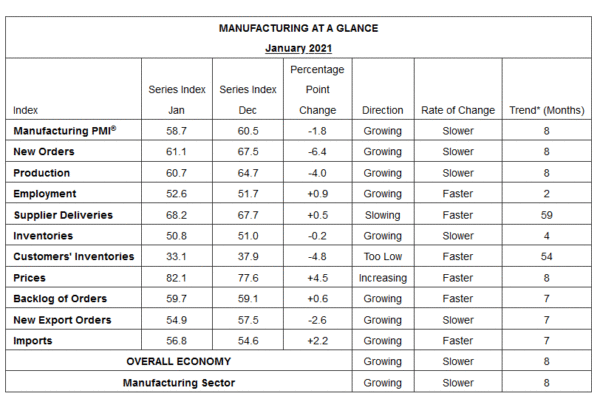
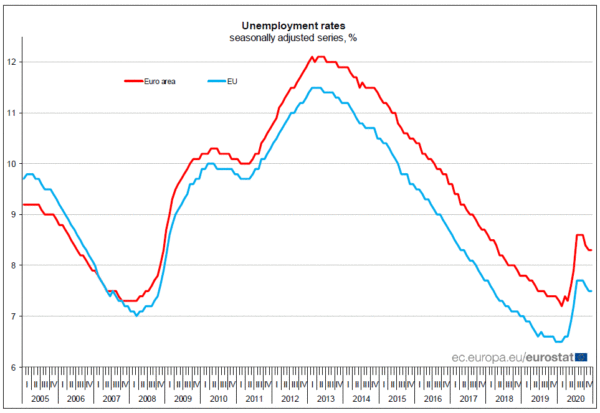
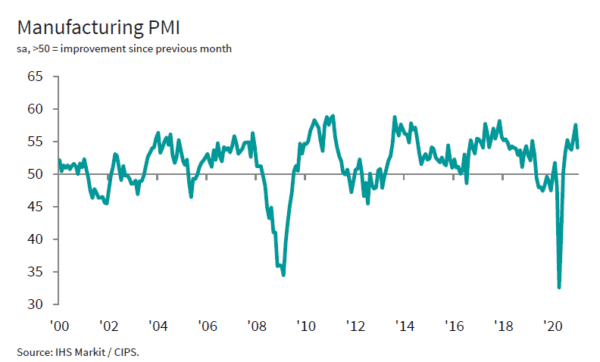
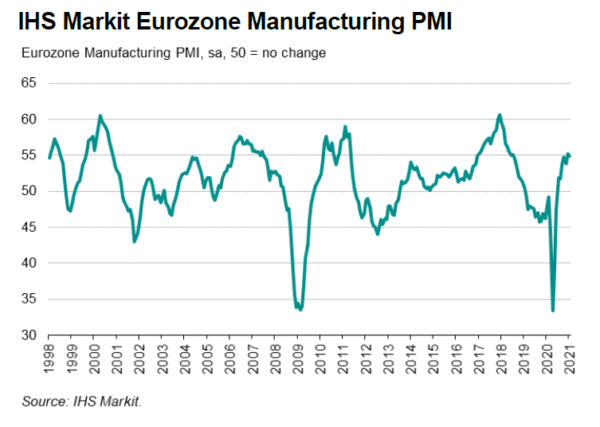
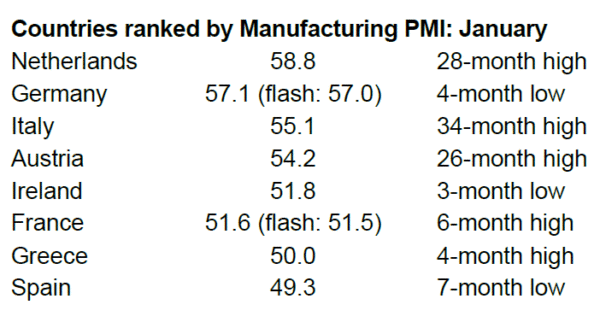
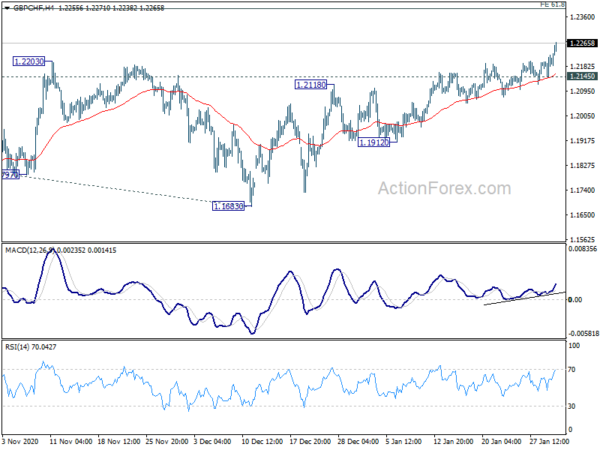
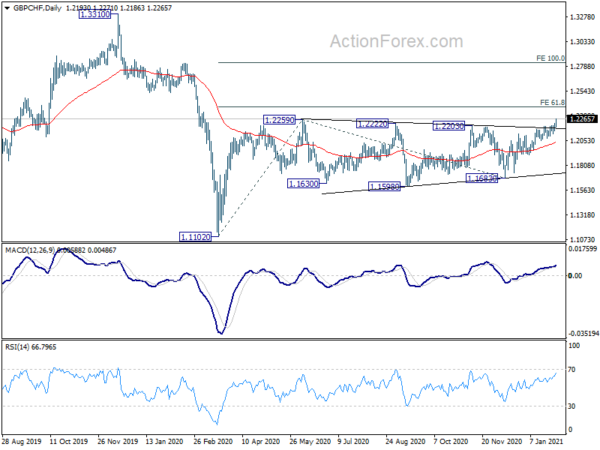
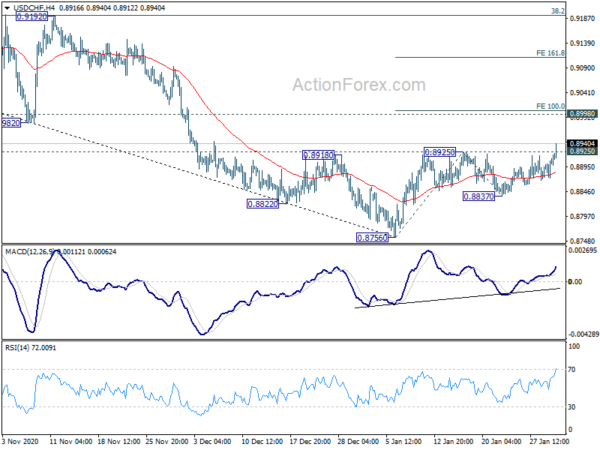
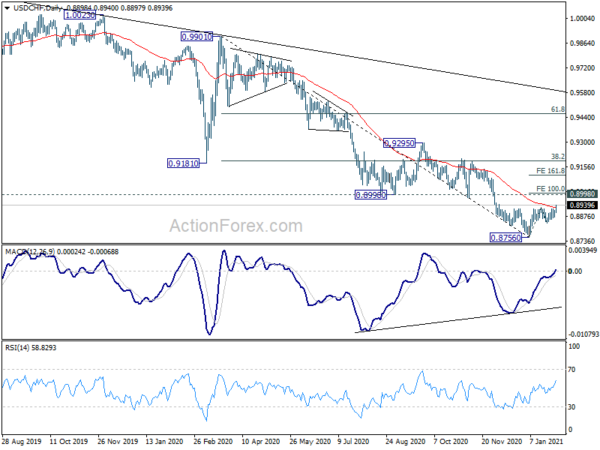
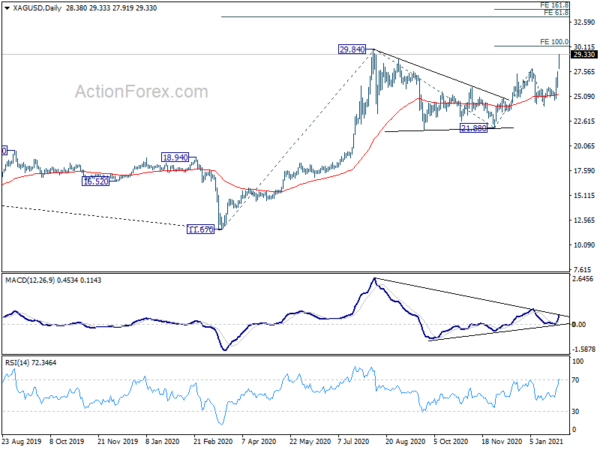
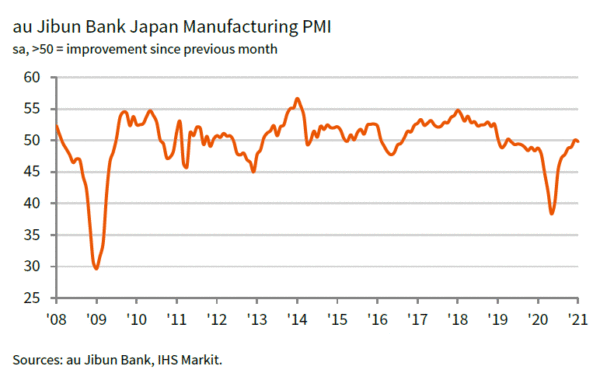
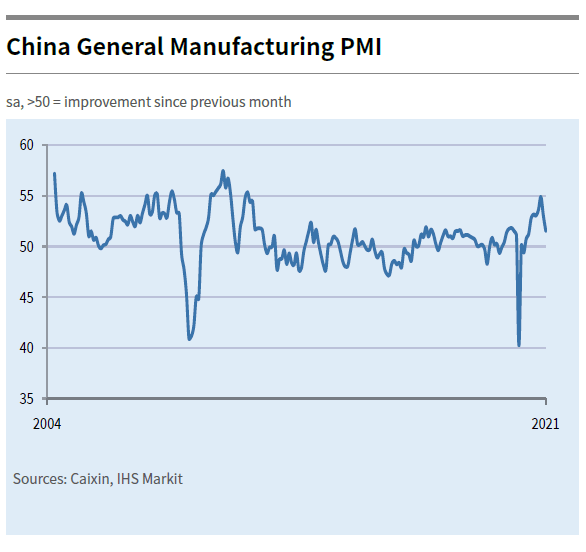

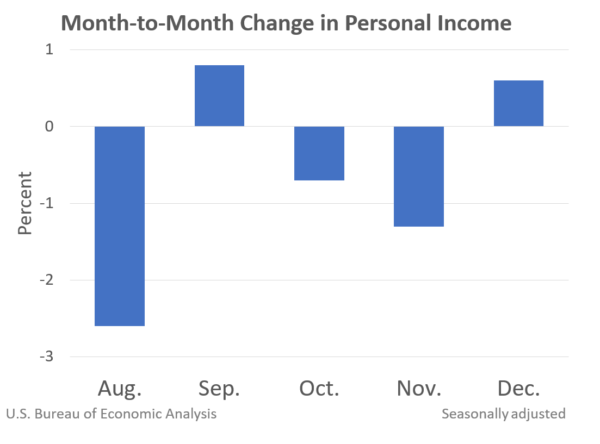
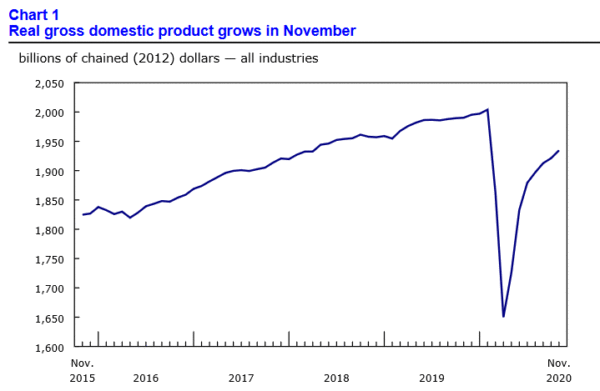
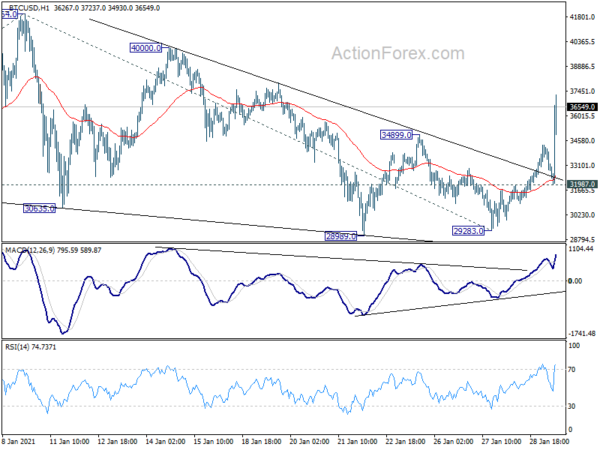
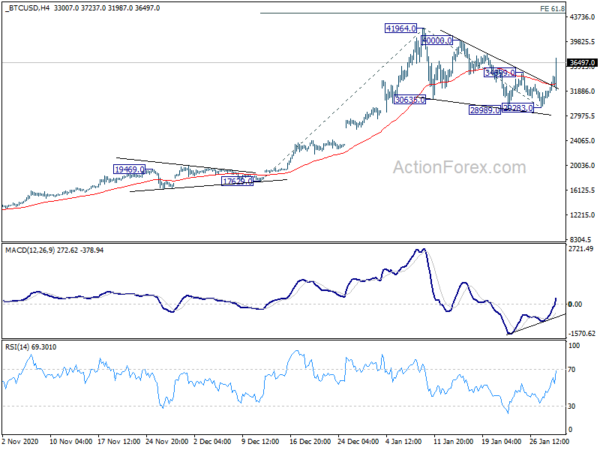
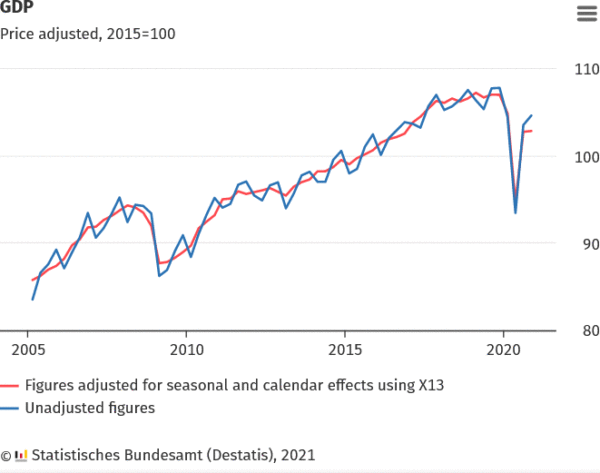
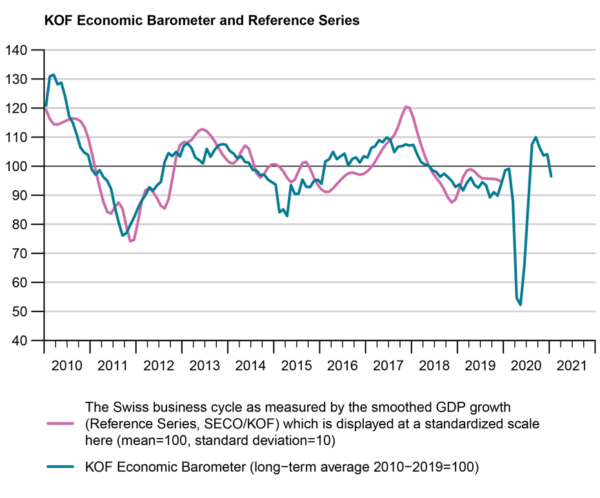
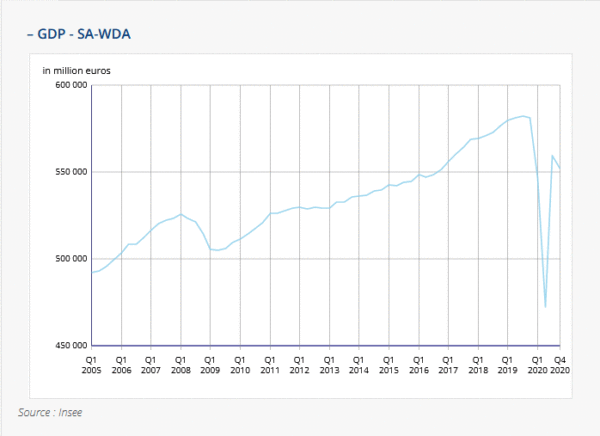

RBA kept cash rate at 0.1%, expands asset purchase by AUD 100B
RBA kept cash rate target and 3-year AGB target unchanged at 0.10%. It announced to buy an additional AUD 100B of government bonds, including states and territories, after the current program completes in mid-April. The additional purchases will be held at current rate of AUD 5B per week. On forward guidance, RBA maintained the pledge that it ” will not increase the cash rate until actual inflation is sustainably within the 2 to 3 per cent target range”. It doesn’t expect the conditions to be met “until 2024 at earliest”.
In the central scenario of economic outlook, RBA expects GDP to grow 3.5% in both 2021 and 2022. GDP will reach end-2019 level by the middle of this year. Unemployment rate will be around 6% by the end of 2021, and 5.5% by the end of 2022. CPI is projected to be at 1.25% over 2021 and 1.50% over 2022.
Full statement here.